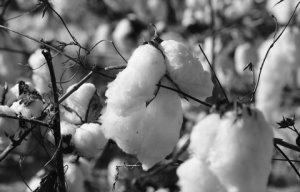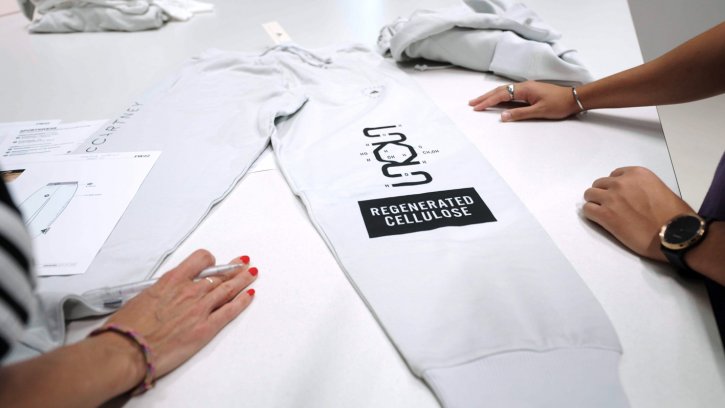
UK shoppers choose natural materials
Project has highlighted the importance of addressing the entire value chain for greater gains.

28th March 2024
Innovation in Textiles
|
Brussels
The EU-funded New Cotton Project has reached the end of its three-and half-year innovation programme assessing the challenges and opportunities for scaling fibre-to-fibre recycling within the EU.
In the final month of the project, the consortium has hosted a roundtable with EU policymakers, disseminated key learnings and published a white paper, Driving the Transition Toward Circular Textiles, along with an environmental LCA analysing the entire value chain.
The project launched in October 2020 with the aim of demonstrating a circular value chain for commercial garment production. The consortium worked to collect and sort end-of-life textiles and convert them into Infinna regenerated cellulosic fibres using the technology developed by Infinited Fiber Company, based in Espoo, Finland.
The fibres were then spun into yarns and manufactured into different types of fabric which were designed, produced and sold by adidas and H&M. The adidas by Stella McCartney tracksuit and an H&M printed jacket and jeans were the first garments to be produced through a collaborative circular consortium of this scale.
Key factors
As the project completes, the consortium has highlighted a number of key factors it sees as fundamental to the successful scaling of fibre-to-fibre recycling.
Firstly, textile circularity requires new forms of collaboration and open knowledge exchange among different actors beyond traditional supply chains. It starts with the design process and it is important to keep an end-of-life scenario in mind right from the beginning.
In order to scale up circular garment production, there is a need for technological innovation and infrastructure development in end-of-use textiles collection, sorting, and the mechanical pre-processing of feedstock.
There is also still a significant lack of available data to support the shift towards a circular textiles industry and this is slowing down development of system level solutions and economic incentives for textile circulation.
For example, quantities of textiles put on the market are often used as a proxy for quantities of post-consumer textiles, but available data is at least two years old and often incomplete. There can also be different textile waste figures at a national level that do not align, due to different methodologies or data years.
Overall, the New Cotton Project’s findings suggest that fabrics incorporating Infinna fibre offer a more sustainable alternative to traditional cotton and viscose fabrics, while maintaining similar performance and aesthetic qualities. However, the scaling of fibre-to-fibre recycling will continue to require ongoing research and development across the entire value chain and the need for R&D around sorting systems is crucial.
Within the chemical recycling process, it is also important to ensure the high recovery rate and circulation of chemicals used to limit the environmental impact of the process.
Consumer confusion
The EU has identified culture as one of the key barriers to the adoption of the circular economy within Europe and an adidas quantitative consumer survey conducted across three key markets during the project revealed that there is still confusion around circularity in textiles, which has highlighted the importance of effective citizen communication and engagement activities.
The consortium believes that legislation is a powerful tool for driving the adoption of more sustainable and circular practices in the textiles industry and with several pieces of incoming legislation within the EU alone, the need for a cohesive and harmonised approach is paramount. Considering the link between different pieces of legislation such as Extended Producer Responsibility and the Ecodesign for Sustainable Products Regulation, along with their corresponding timelines for implementation, will support companies to prepare effectively for the adoption of these new regulations.
The New Cotton Project has demonstrated the potential of regenerated fibres such as Infinna to offer a more sustainable option to some traditional fibres, but at the same time highlights the importance of addressing the entire value chain to make greater gains in lowering environmental impact.

Business intelligence for the fibre, textiles and apparel industries: technologies, innovations, markets, investments, trade policy, sourcing, strategy...
Find out more